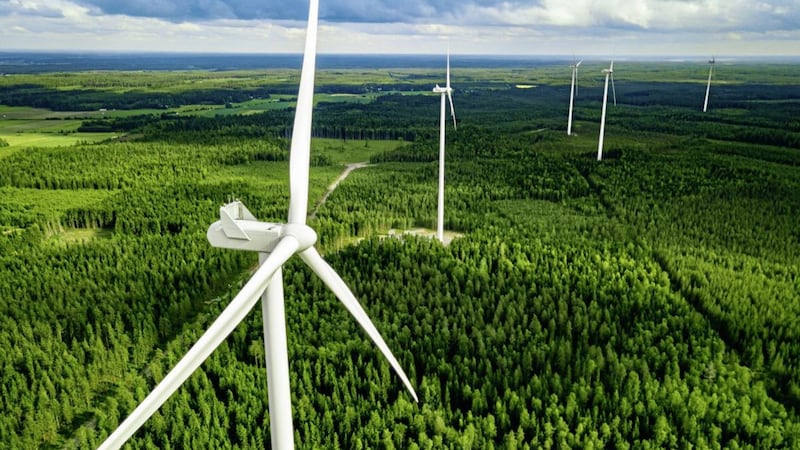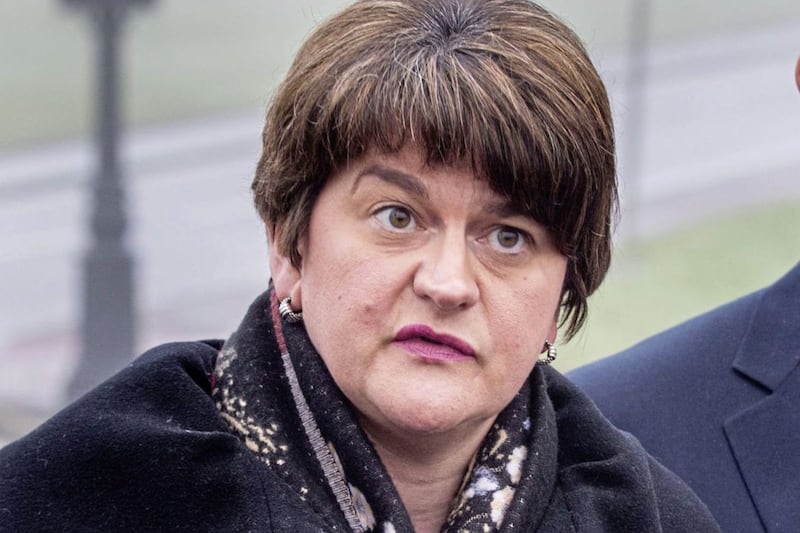A GREEN scheme to incentivise electricity from renewable sources has helped Northern Ireland exceed its targets, but auditors found evidence of `gaming' the system and say the financial return for some investors may have been more generous than it needed to be.
An Audit Office report, with echoes of the botched RHI scheme, has found it provides a higher level of financial support and up to 20 per cent higher profits than that elsewhere in the UK, with generators deliberately "small-scale and designed with the potential of achieving the maximum level of income".
The Northern Ireland Renewable Obligation scheme (NIRO) issues generators with Renewable Obligation Certificates (ROCs) for each unit of electricity produced.
Generators sell the certificates to electricity suppliers throughout the UK, who use them towards their commitment to source a given proportion of the power they supply is from renewable sources.
Auditors forecast UK suppliers will spend £5bn buying Northern Ireland ROCs by the time the scheme finally ends in 2037.
This includes £1.25bn by Northern Ireland suppliers, with auditors noting that "ultimately the cost of all ROCs, irrespective of origin, is passed on by electricity suppliers to consumers as part of their electricity bills".
Around 85 per cent of all renewable electricity in the region comes from on-shore wind via 1,282 wind generating stations - 1,209 are small-scale standalone turbines, three times the number per square kilometre of Great Britain.
In Northern Ireland these turbines have "a higher level of financial support... than in Great Britain, and the potential rate of return could be in excess of 20 per cent" within four years.
Auditor General Kieran Donnelly also examined Anaerobic Digester (AD) plants - which produce biogas from organic matter that is turned into electricity at a NIRO accredited generating station.
Like wind energy, the report finds the vast majority (91 out of 110) of such generating stations were "small-scale and designed with the potential of achieving the maximum level of income".
The legislation allows accredited stations which are not connected to the grid or export power to it to still earn ROCs for electricity generated and "the modelling used by the former Department for Enterprise, Trade and Investment to set the level of support for generating stations using biogas could be providing higher levels of financial support than necessary to investors in this technology".
As with the controversial RHI scheme, the report highlights "lack of joined-up thinking between departments and agencies", this time leading to "environmental and planning risks not being identified and managed".
It notes "there is no requirement in the NIRO legislation for investors and operators of these types of renewable technology to comply with planning and environmental regulations" and a significant number of wind turbines and AD plants "either did not have planning permission, or had not complied with planning restrictions".
Almost half of the 68 AD plants processing significant amounts of agricultural waste "were found to not have the appropriate licence to do so", but "ROCs continued to be issued because there was nothing in the legislation to prevent this from happening".
While no `phantom plants' - ROCs being issued to stations which don't exist - were found, Ofgem identified potential `gaming', where two small stations were set up close together to claim a higher number of ROCs. They have been reclassified as a single station.
And Land and Property Services have recovered £2 million from a large number of wind and AD-based generating stations that had not been identified for a rates assessment.
The report acknowledges the scheme "was fundamental in enabling Northern Ireland to exceed its target of 40 per cent electricity consumption from renewable sources by 2020".
Mr Donnelly said renewable energy "undoubtedly produces significant benefits for the environment and society as a whole", but warned there were "a number of strategic shortcomings in the design of the NIRO".
"It is crucial that the recommendations I have made here are followed up, and that lessons are learned to ensure future schemes are more robust and efficient."




